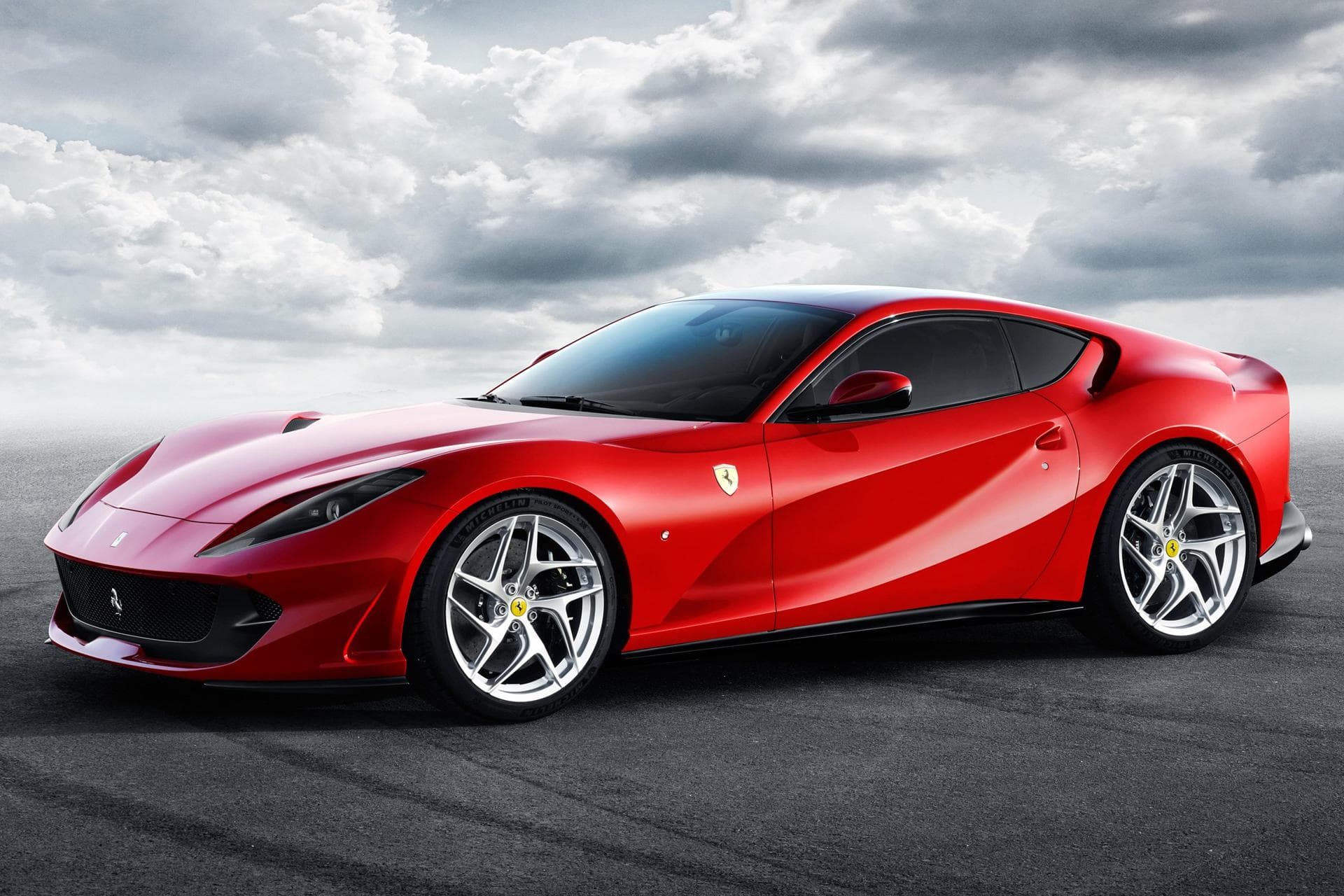Yet Boribon cautions classic auto investors not to get too driven away by the prospect of making a small fortune in a hurry. “The market is strong,” he explains to the Southland Times, “but I wouldn’t say that every single classic car has gone up in value. Yes, some cars – rare and collectible cars – double and triple in value, but that doesn’t mean that all classic cars have gone up.”
Think too that valuating something that has so much aesthetic value can be tricky. Indices track only certain luxury models, leaving the pricing of the remainder up to the buyers and sellers to work out between themselves. Even if you feel you are purchasing a classic car at a bargain price, finding another buyer who will give you more for it might be harder than you think.
Perhaps one way to own a classic car is make one yourself. That is, keep your current auto in great condition and wait for it to become discontinued. Of course, that could take years.
For that reason, unless you can afford the highly sought-after luxury-end models which can be a great store of wealth for fantastic future returns, most of us might invest at the lower end mostly for the pleasure of it. “Not everybody is equipped financially to just start collecting at the high-end level,” Williams notes to the Daily Ticker. “Buy one that you can personally afford, one that will bring enjoyment to your life, not a financial burden.”
Andrew Shirley of real estate advisor firm Knight Frank acknowledges to Forbes that some investors will purchase collectibles purely for the future returns, while “they have no interest in them whatsoever,” something he does not recommend.
“You shouldn’t buy a passion asset just because it may grow in value. It should also bring you pleasure.”
At least then, even if you have to wait 20 years for your auto to fetch a decent return, you would at least have enjoyed the ride.
Joseph Cafariello









